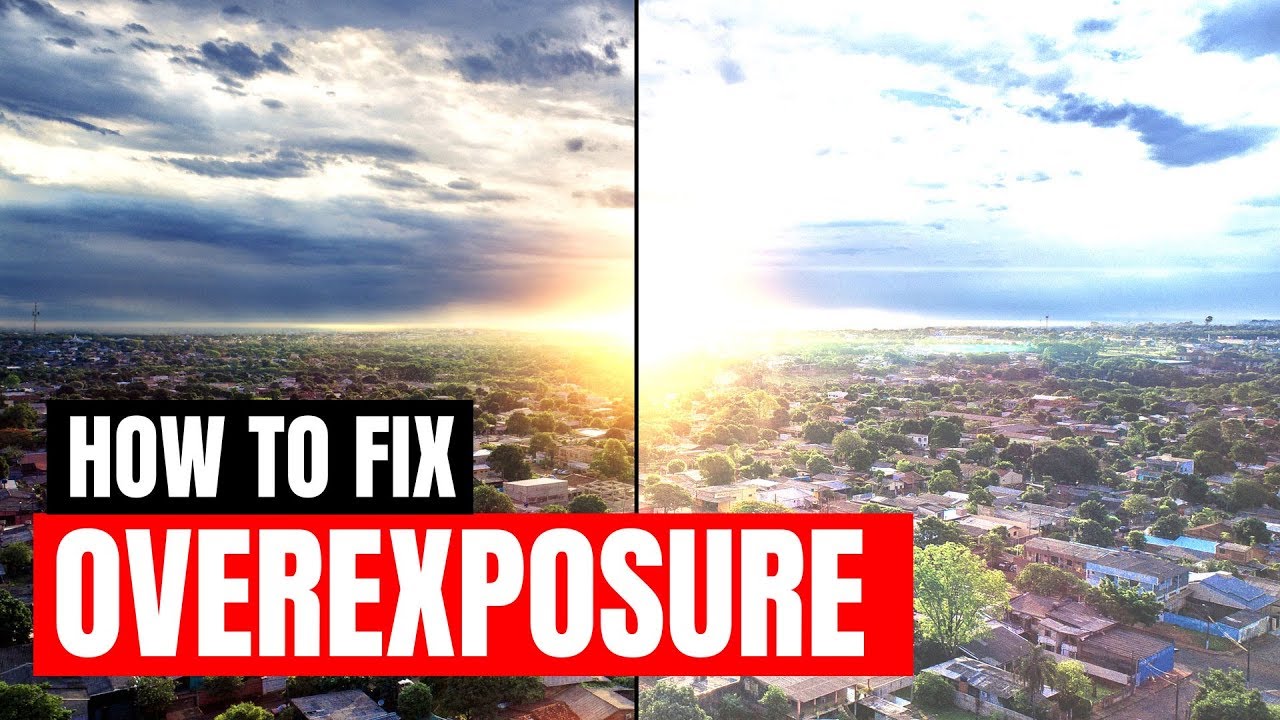How Do I Avoid Overexposing My Drone Photos?
Understanding Exposure in Drone Photography
Exposure is a crucial element in photography, including drone photography. It refers to the amount of light that reaches the camera sensor when taking a photo. Overexposure happens when too much light reaches the sensor, resulting in washed-out, overly bright images. To avoid overexposing your drone photos, you need to understand exposure settings and how they impact your images.
Mastering Exposure Settings on Your Drone
Most drones come equipped with manual exposure settings that allow you to control the exposure of your photos. These settings typically include:
-
Shutter Speed: This determines how long the camera shutter stays open, allowing light to reach the sensor. A faster shutter speed lets in less light, while a slower shutter speed lets in more light. Adjusting the shutter speed can help you avoid overexposure in bright conditions.
-
Aperture: Aperture refers to the size of the opening in the lens through which light passes. A wider aperture lets in more light, while a narrower aperture lets in less light. Understanding how to adjust the aperture can help you achieve proper exposure in different lighting situations.
-
ISO: ISO measures the sensor’s sensitivity to light. A lower ISO is less sensitive to light, while a higher ISO is more sensitive. Increasing the ISO can help you capture better-exposed photos in low-light conditions, but it can also lead to overexposure in bright conditions.
Using Exposure Compensation
Exposure compensation is a useful feature that allows you to override the camera’s automatic exposure settings. You can adjust exposure compensation to make your photos brighter or darker without having to manually change the exposure settings. This can be particularly helpful when dealing with challenging lighting conditions that may lead to overexposure.
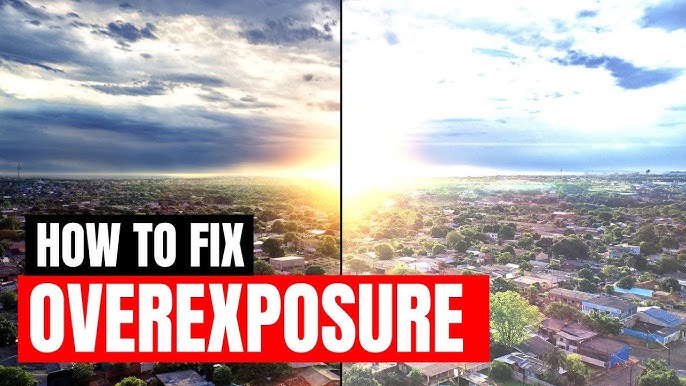
This image is property of i.ytimg.com.
Tips for Avoiding Overexposure in Drone Photography
Now that you understand exposure settings and how they impact your drone photos, here are some tips to help you avoid overexposing your images:
1. Monitor the Histogram
The histogram is a graphical representation of the exposure levels in your photo. It shows a distribution of pixel brightness levels, ranging from pure black on the left to pure white on the right. By monitoring the histogram while shooting, you can ensure that your photos are well-exposed and avoid overexposure.
2. Avoid Shooting in Harsh Light
Harsh sunlight can lead to overexposed photos with blown-out highlights. Try to shoot during the golden hours around sunrise and sunset when the light is softer and more flattering. If you need to shoot in bright sunlight, consider using a lens hood or a polarizing filter to reduce glare and minimize overexposure.
3. Use ND Filters
Neutral density (ND) filters are handy accessories for drone photography, especially in bright conditions. ND filters reduce the amount of light that enters the lens, allowing you to use slower shutter speeds without overexposing your photos. Experiment with different ND filter strengths to find the right balance between exposure and image quality.
4. Adjust the Exposure Settings Manually
While most drones offer automatic exposure modes, mastering manual exposure settings can give you more control over the final look of your photos. Experiment with different shutter speeds, apertures, and ISO settings to achieve the desired exposure for your images. Remember to adjust the exposure settings according to the lighting conditions and the creative effect you want to achieve.
5. Bracket Your Shots
Bracketing is a technique where you take multiple shots of the same scene at different exposure levels. This allows you to capture a range of exposures, from underexposed to overexposed, and later blend them together in post-processing to create a perfectly exposed image. Bracketing is particularly useful in high-contrast scenes where it’s challenging to capture all the details in a single shot.
6. Learn to Edit Your Photos
Post-processing is an essential part of drone photography, especially when it comes to exposure correction. Use editing software like Adobe Lightroom or Photoshop to fine-tune the exposure, contrast, and highlights in your drone photos. By mastering editing techniques, you can salvage overexposed images and bring out the best in your photos.
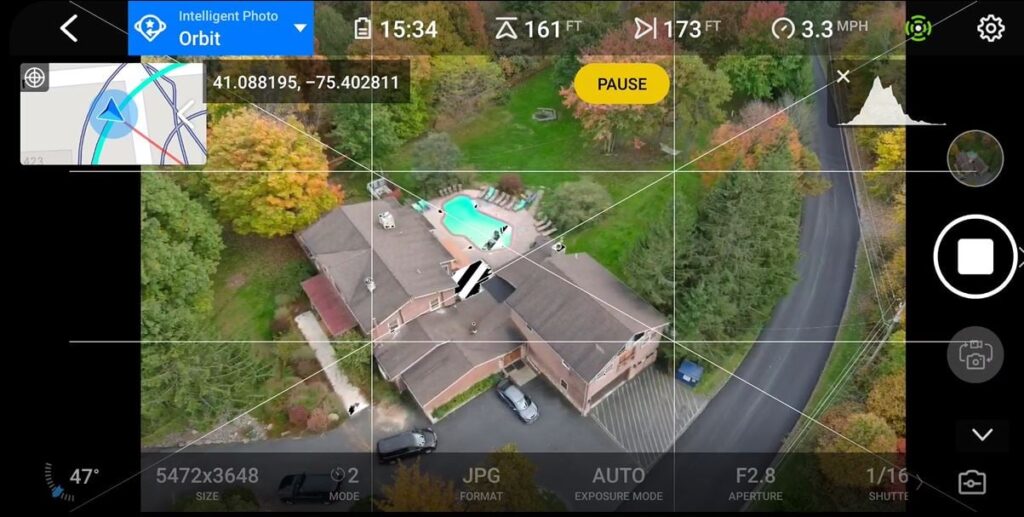
This image is property of help.scanifly.com.
Common Mistakes to Avoid in Drone Photography
While learning how to avoid overexposing your drone photos, it’s essential to be aware of common mistakes that can lead to overexposed images. Here are some pitfalls to avoid:
1. Ignoring the Exposure Warning
Most drones have an exposure warning feature that alerts you when your photos are overexposed. Pay attention to these warnings and adjust your exposure settings accordingly to prevent overexposure. Ignoring the exposure warning can result in blown-out highlights and loss of detail in your photos.
2. Relying Too Much on Auto Mode
While auto mode is convenient, it may not always produce the best results in challenging lighting conditions. Take the time to learn and master manual exposure settings to have more control over the exposure of your photos. This will ensure that you can adjust the settings according to the specific requirements of each shot and avoid overexposure.
3. Shooting at Midday
Midday lighting is often harsh and can lead to overexposed photos with strong shadows and blown-out highlights. Try to avoid shooting during the middle of the day when the sun is at its highest point in the sky. Instead, opt for early morning or late afternoon when the light is softer and more conducive to capturing well-exposed images.
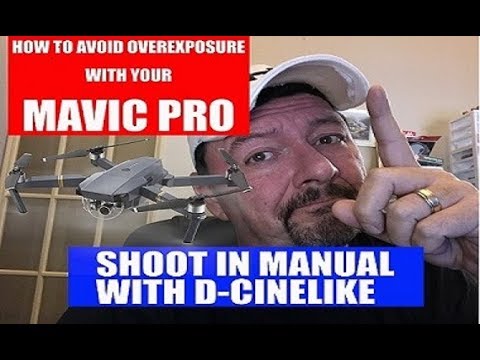
This image is property of i.ytimg.com.
Conclusion
Avoiding overexposure in drone photography is a skill that takes time and practice to master. By understanding exposure settings, monitoring the histogram, and following the tips mentioned above, you can capture well-exposed drone photos that showcase the beauty of the scene. Remember to experiment with different techniques and settings to find what works best for your style of photography. With patience and perseverance, you can elevate your drone photography to new heights and avoid overexposing your photos.
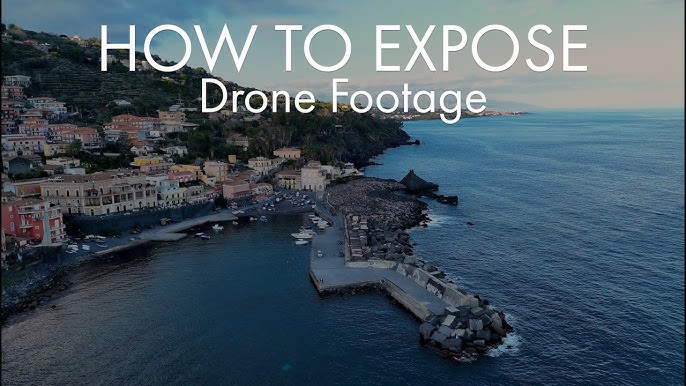
This image is property of i.ytimg.com.

